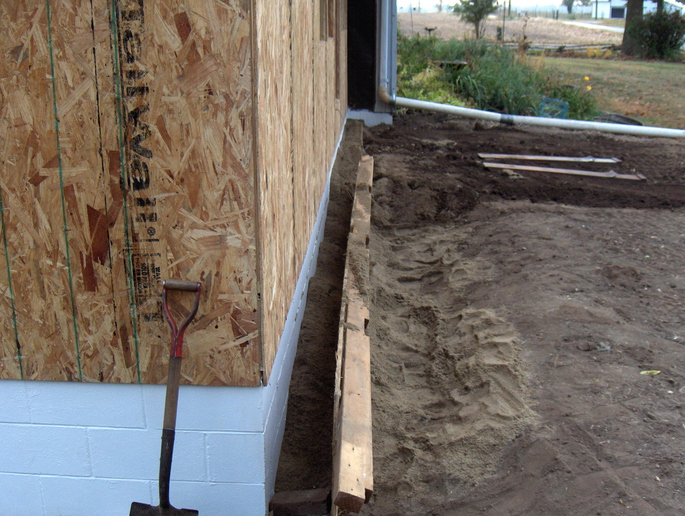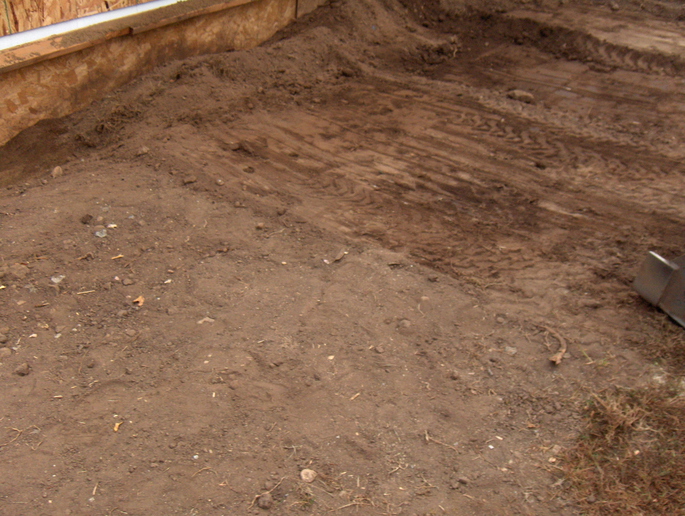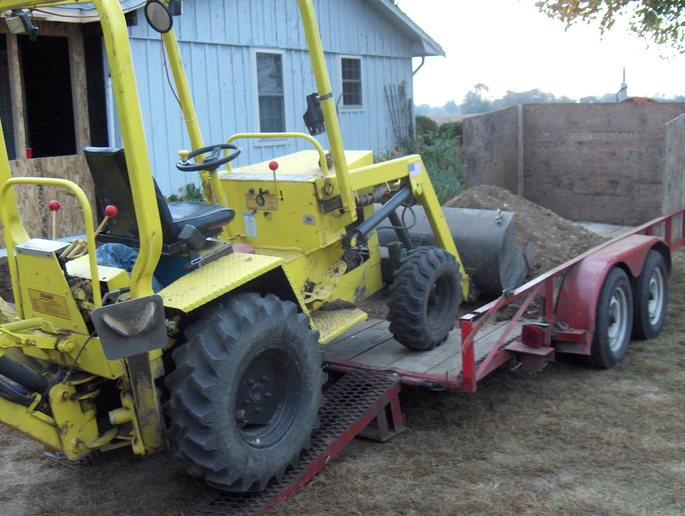Geo-TH,In
Well-known Member
It has been very dry in W centeral Indiana. Last rain was a 1/10 in 10 days ago. Went to back fill a foundation and discovered moisture just under the surface of this dry dusty clay. This soil is weird. It takes a long time for water to soak in and drain. There is about 2 1/2 feet of clay over top of sand and gravel. Within 100 ft of this house is an old county gravel pit that drops off 40 ft. There is over 40 ft of sand and gravel under the clay so drainage isn't a problem. The problem is the clay is a sponge that won't dry.
You can see the pic where just under the surface the ground is wet looking. Decided to put 8 + inches of sand and gravel from the gravel pit next to the foundation then cover with clay. Tapered the clay so the water will run away from house.
Notice my lazy way of unloading the sand and gravel. IH C has enough power to pull an estimated 3 ton up the incline of the gravel put. Biggest problem is traction.
George



You can see the pic where just under the surface the ground is wet looking. Decided to put 8 + inches of sand and gravel from the gravel pit next to the foundation then cover with clay. Tapered the clay so the water will run away from house.
Notice my lazy way of unloading the sand and gravel. IH C has enough power to pull an estimated 3 ton up the incline of the gravel put. Biggest problem is traction.
George




